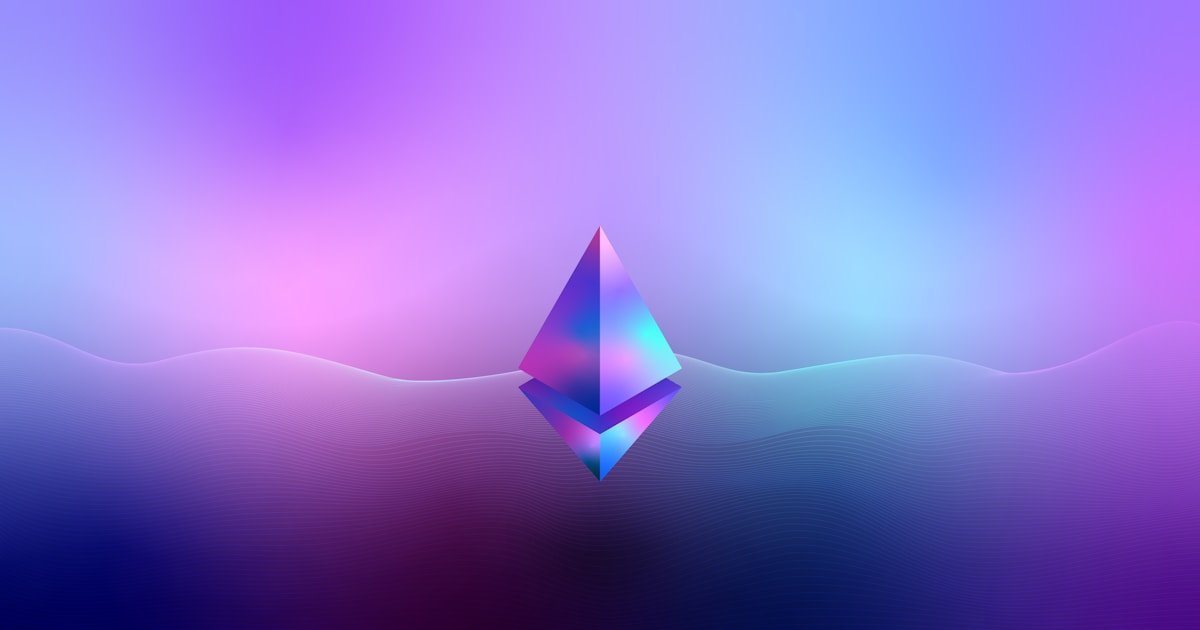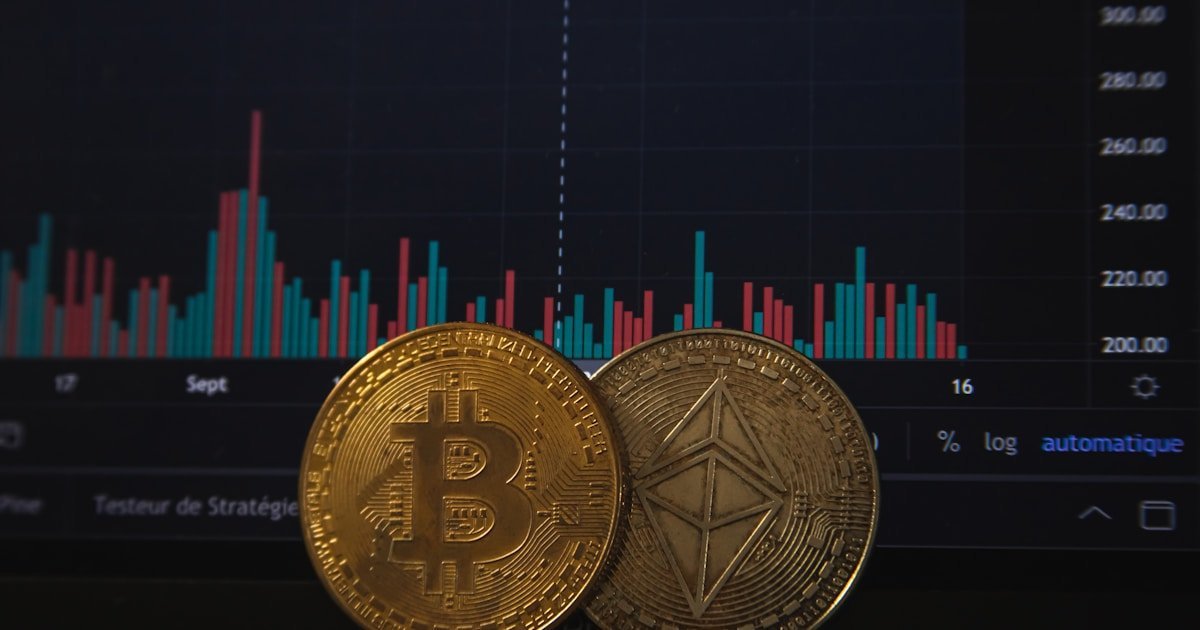# What is DEX Aggregation? Complete Guide to 1inch and Paraswap 2025
DEX aggregation is revolutionizing how traders find the best prices across decentralized exchanges. Instead of manually checking multiple DEXs, aggregators like 1inch and Paraswap automatically split your trades across multiple platforms to minimize slippage and maximize returns.
## What is DEX Aggregation?
### Core Concept
DEX aggregators are smart routing protocols that scan multiple decentralized exchanges simultaneously to find the optimal trading path for your transaction. They can split a single trade across multiple DEXs and routes to get you the best possible price.
### How Aggregation Works
1. Price Discovery: Aggregator scans all connected DEXs for current prices
2. Route Optimization: Algorithm calculates the best combination of exchanges
3. Trade Splitting: Large orders are split across multiple pools
4. Gas Optimization: Routes are optimized for both price and gas costs
5. Execution: All trades are executed atomically in a single transaction
## Leading DEX Aggregators
### 1inch Network
– Pathfinder Algorithm: Advanced routing across 100+ DEXs
– Chi Gas Token: Reduce transaction costs
– Limit Orders: Set orders to execute at specific prices
– 1INCH Token: Governance and fee discounts
Key Features:
– Supports 10+ blockchains
– Partial fill protection
– MEV protection
– Professional trading tools
### Paraswap
– MultiPath: Intelligent order routing
– Augustus V6: Latest smart contract system
– PSP Token: Governance and rewards
– ParaBoost: Enhanced returns for PSP stakers
Key Features:
– API for developers
– Advanced order types
– Cross-chain swaps
– Institutional tools
### Matcha (0x Protocol)
– Professional Interface: Advanced trading features
– RFQ System: Request for Quote from market makers
– Gasless Trading: Meta-transactions support
– API Integration: Easy developer integration
## Benefits of Using Aggregators
### Price Optimization
– Better Rates: Often 1-5% better than individual DEXs
– Reduced Slippage: Large orders split across multiple pools
– Real-Time Comparison: Live price feeds from all major DEXs
– Hidden Pools: Access to private liquidity
### User Experience
– One Interface: Access to entire DEX ecosystem
– Gas Optimization: Efficient route calculation
– Time Saving: No need to check multiple platforms
– Advanced Features: Limit orders, DCA, etc.
### Risk Reduction
– Atomic Transactions: All-or-nothing execution
– Smart Contract Audits: Thoroughly tested protocols
– MEV Protection: Front-running protection
– Slippage Protection: Automatic slippage adjustments
## How to Use DEX Aggregators
### Step-by-Step Guide
Using 1inch:
1. Visit app.1inch.io
2. Connect Wallet (MetaMask, WalletConnect, etc.)
3. Select Network (Ethereum, Polygon, BSC, etc.)
4. Choose Tokens for swap
5. Review Routes and gas estimates
6. Adjust Slippage if needed
7. Execute Swap and confirm transaction
Advanced Settings:
– Slippage Tolerance: 0.1-3% depending on volatility
– Gas Price: Adjust for faster/cheaper execution
– Partial Fill: Allow partial order completion
– Route Customization: Include/exclude specific DEXs
### Best Practices
– Compare Aggregators: Different aggregators may offer better routes
– Check Gas Costs: Factor in transaction fees
– Timing Matters: Trade during low congestion periods
– Use Limit Orders: For non-urgent trades
– Monitor Routes: Understand where your trades are being executed
## Aggregator Comparison
|
|
Feature |
1inch |
Paraswap |
Matcha |
|
| ——— |
——- |
———- |
——— |
|
| Supported DEXs |
100+ |
80+ |
50+ |
|
| Chains |
10+ |
8+ |
6+ |
|
| Gas Optimization |
Excellent |
Very Good |
Good |
|
| Advanced Orders |
Yes |
Yes |
Limited |
|
| API Quality |
Excellent |
Excellent |
Very Good |
|
| User Interface |
Advanced |
Intermediate |
Professional |
|
## Advanced Features
### Limit Orders
– Set Target Prices: Execute when price reaches target
– Partial Fills: Allow gradual order completion
– Expiry Times: Set order expiration
– Gas Efficiency: No gas cost until execution
### Dollar Cost Averaging (DCA)
– Automated Buying: Regular purchases over time
– Customizable Frequency: Daily, weekly, monthly
– Price Averaging: Reduce volatility impact
– Gas Optimization: Batch multiple orders
### Cross-Chain Swaps
– Multi-Chain Support: Trade across different networks
– Bridge Integration: Automatic bridging when needed
– Unified Interface: One platform for all chains
– Cost Optimization: Consider bridge fees in routing
## Economics and Tokenomics
### Revenue Models
– Trading Fees: Small percentage of trade volume
– Gas Token: Profit from gas optimization
– MEV Capture: Share of extracted value
– Partner Revenue: Fees from integrated DEXs
### Token Utilities
1INCH Token:
– Governance voting
– Fee discounts (up to 50%)
– Liquidity mining rewards
– Chi gas token staking
PSP Token:
– Governance participation
– ParaBoost rewards
– Fee sharing
– Staking benefits
## Technical Deep Dive
### Routing Algorithms
– Graph Theory: Model DEXs as network graphs
– Pathfinding: Find optimal routes through graph
– Dynamic Programming: Optimize for multiple variables
– Real-Time Data: Update routes based on current liquidity
### Smart Contract Architecture
– Proxy Patterns: Upgradeable contract systems
– Atomic Execution: All-or-nothing transaction completion
– Gas Optimization: Efficient contract interactions
– Security Features: Reentrancy protection, access controls
### MEV Protection
– Private Mempools: Protected transaction broadcasting
– Commit-Reveal Schemes: Hidden order information
– Flashbots Integration: Access to MEV-protected blocks
– Time-Weighted Orders: Reduce front-running opportunities
## Risks and Limitations
### Smart Contract Risks
– Protocol Risk: Aggregator contract vulnerabilities
– Dependency Risk: Reliance on underlying DEX security
– Upgrade Risk: Protocol changes and migrations
– Oracle Risk: Price feed manipulation
### Operational Risks
– Route Failures: Some paths may fail during execution
– Gas Price Volatility: Unexpected transaction costs
– Network Congestion: Delayed or failed transactions
– Slippage Events: Large price movements during execution
### Mitigation Strategies
– Diversification: Use multiple aggregators
– Testing: Start with small amounts
– Monitoring: Track all transactions
– Backup Plans: Have alternative execution methods
## Future of DEX Aggregation
### Emerging Trends
– Intent-Based Trading: Express trading intentions, not specific routes
– AI-Powered Routing: Machine learning for optimization
– Account Abstraction: Simplified user experiences
– Cross-Chain Native: Seamless multi-chain trading
### Technical Innovations
– Layer 2 Aggregation: Specialized L2 routing
– MEV Protection: Advanced protection mechanisms
– Institutional Tools: Professional trading features
– DeFi Automation: Programmatic trading strategies
## Getting Started
### For Beginners
1. Start Small: Test with small amounts
2. Use Familiar Tokens: Trade major cryptocurrencies first
3. Understand Fees: Factor in gas costs
4. Learn Gradually: Explore advanced features over time
### For Advanced Traders
1. API Integration: Build custom trading tools
2. Multi-Aggregator: Compare routes across platforms
3. Advanced Orders: Use limit orders and DCA
4. Cross-Chain: Explore multi-chain opportunities
### Development Resources
– API Documentation: Comprehensive integration guides
– SDKs: Developer tools and libraries
– Community: Discord and forum support
– Bug Bounties: Security research programs
## Conclusion
DEX aggregation represents a crucial evolution in DeFi trading, making decentralized exchanges more efficient and user-friendly. By automatically finding the best prices across multiple platforms, aggregators save users time and money while providing access to deeper liquidity.
As the DeFi ecosystem continues to grow, aggregators will become even more important, especially with the expansion to multiple chains and the development of more sophisticated trading features.
Ready to optimize your trading? Start with a trusted aggregator like 1inch or Paraswap, begin with small trades to understand the interface, and gradually explore advanced features as you become more comfortable with the technology.
### Related Reading
– What is a DEX? – Learn DEX basics
– Layer 2 DEX Guide – Multi-chain trading
– DeFi Security Guide – Stay safe while trading
About DeFi Pulse
DeFi Pulse is your trusted source for decentralized finance education, analysis, and insights. We help you navigate the DeFi ecosystem with confidence through comprehensive guides, market analysis, and educational content.
Additional Resources
Related DeFi Guides







